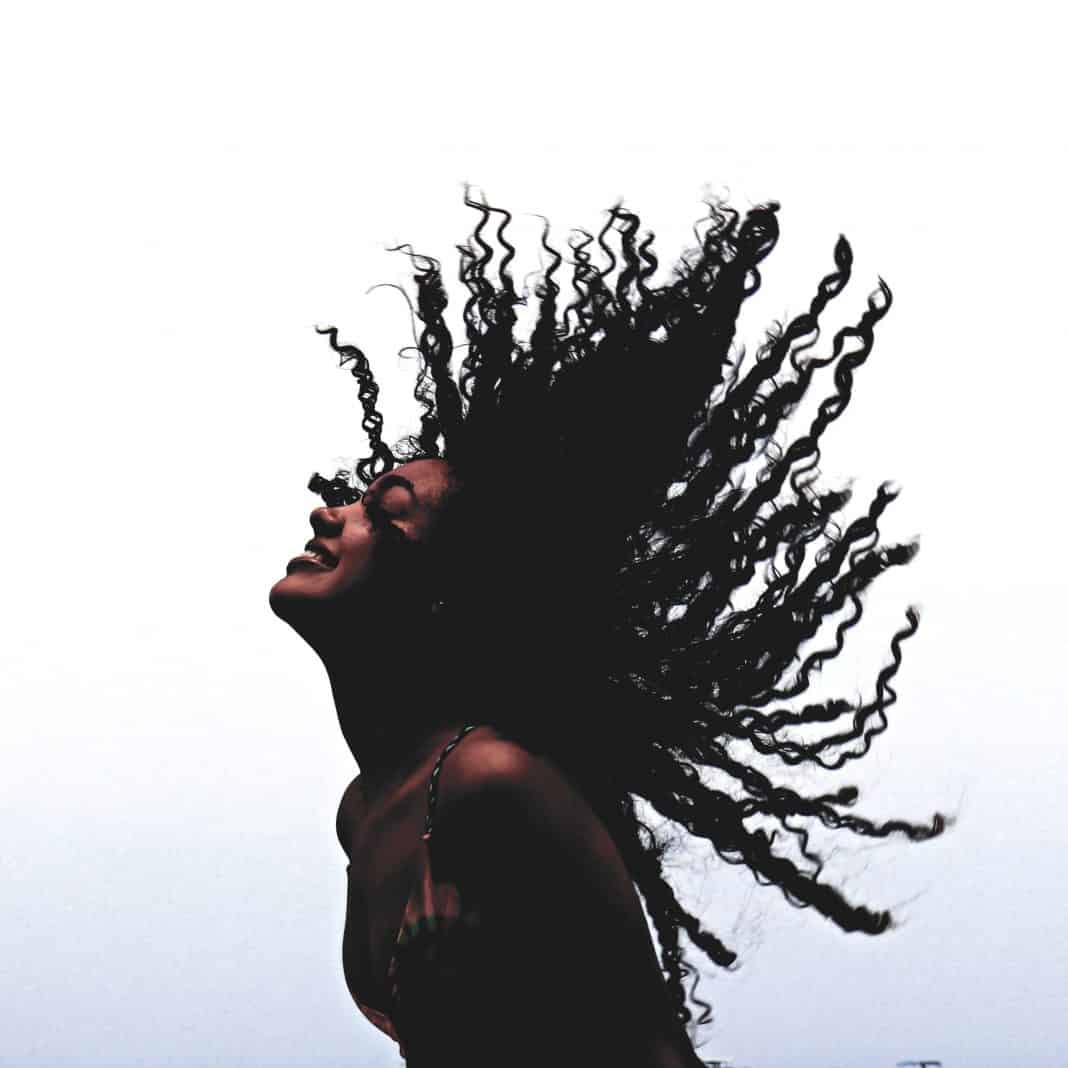You likely have your go-to shampoos, conditioners, and styling products, but are they really the right ones for your hair type? Understanding the different types of hair will allow you to determine your own, and will help you put together a routine that works.
Whether you’re trying to effectively tame frizz or enhance your hair’s natural texture in a really beautiful way, this guide will help you find products for you. It’ll also help you avoid making haircare mistakes that leave your hair falling flat (or even falling out).
The thing is, the products and styling techniques that work on straight hair may not necessarily be ideal for extremely curly hair. The same goes for haircuts: What looks amazing on your wavy-haired pal may not exactly have the same effect on straight hair or kinky hair.
That’s why we chatted with top hairstylists to outline what’s known as the hair typing system. Hairstylist Andre Walker is responsible for the hair typing system, ranging from type 1 through type 4, which he came up with in the ’90s. Over the years, curly hair communities have made modifications to add in more hair types. In those communities, calling yourself a 2C or 4B will instantly tell other curly girls a lot about you (and your routine).
Wondering how to find out your hair type? The best way to determine your hair type is to wash and condition in the shower, blot your hair with an old t-shirt (this won’t promote frizz the way a towel does), and let your hair air dry so you can see its natural shape, says Fred Connors, owner of FRED.nyc salon.
The 4 Different Types of Hair
Type 1 Hair Type
Straight hair, do care. If you have type 1 hair, that means you’ve got that smooth, sleek, straight hair that so many women need a flat iron to achieve. Within the straight hair, type 1 category are two sub-categories.
1A: “This is the straightest of straight hair types,” says Connors. “This hair type is quite uncommon. It’s pin-straight with no bends or waves. It has a great amount of difficulty holding curl.”
1B/1C: “These are more common for straight hair types,” says Connors. “Types 1B and 1C hair tend to curl under toward the base and hold curl.” Type 1C has slightly more curl than type 1B.
Type 1 Celeb Inspiration: Lucy Liu and Gwyneth Paltrow
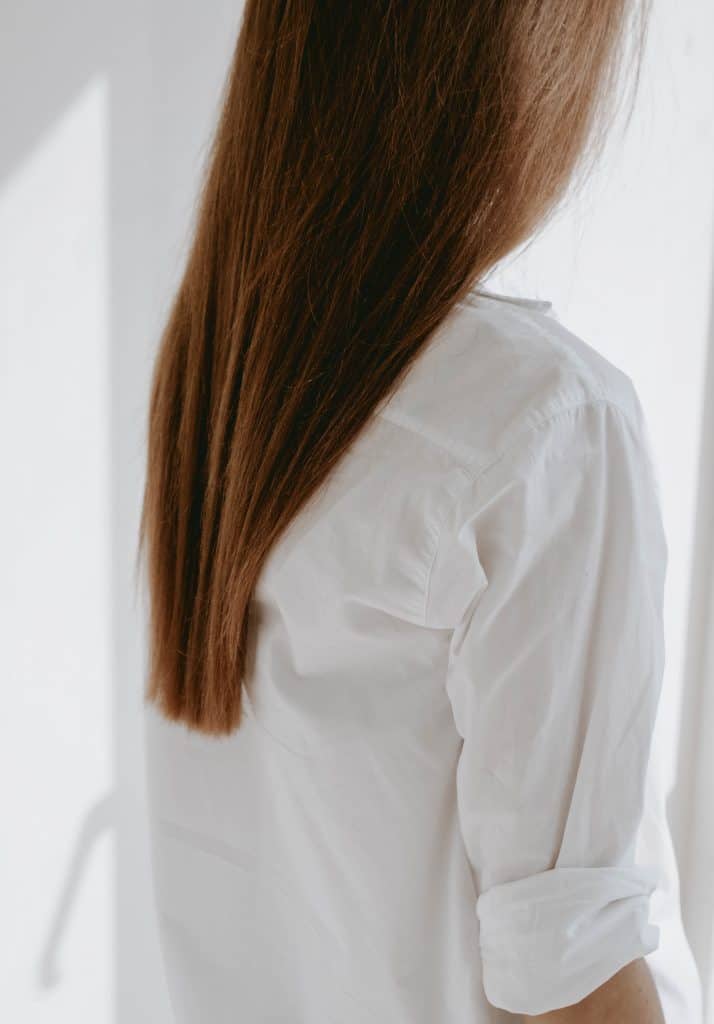
Type 2 Hair Type
Beachy waves FTW. That’s exactly what you have if your hair falls within the type 2 umbrella, no dip in the ocean required. This category has three sub-sections.
2A: “Type 2A is wavier than straight hair but not curly,” says Connors. “It’s a very loosely defined wave. There’s no strong S shape.”
2B: Your hair has more defined waves than type 2A, with the distance between waves being shorter than it is for type 2A hair, says Connors.
2C: “Your hair looks curlier than types 2A and 2B, but it’s still a wave,” says Connors. You’ll notice an even shorter distance between waves than types 2A and 2B hair, as well as a more defined S shape.
Type 2 Celeb Inspiration: Jessica Alba and Drew Barrymore

Type 3 Hair Type
Hey there, curly hair! From light curls to tight curls, here’s what you need to know about curl patterns 3A–3C.
3A: Whereas wavy hair produces an S shape, curly hair produces a circle, says Connor. Type 3A hair is the loosest of the type 3 curl types and has the circumference of a piece of sidewalk chalk, says Connors.
3B: Your curls are tighter than type 3A, with about the circumference of a marker, says Connors. 3C: Your tightly-packed curls have the circumference of a pencil, says Connors. Think corkscrew curls!
Type 3 Celeb Inspiration: Julianna Margulies and Alicia Keys
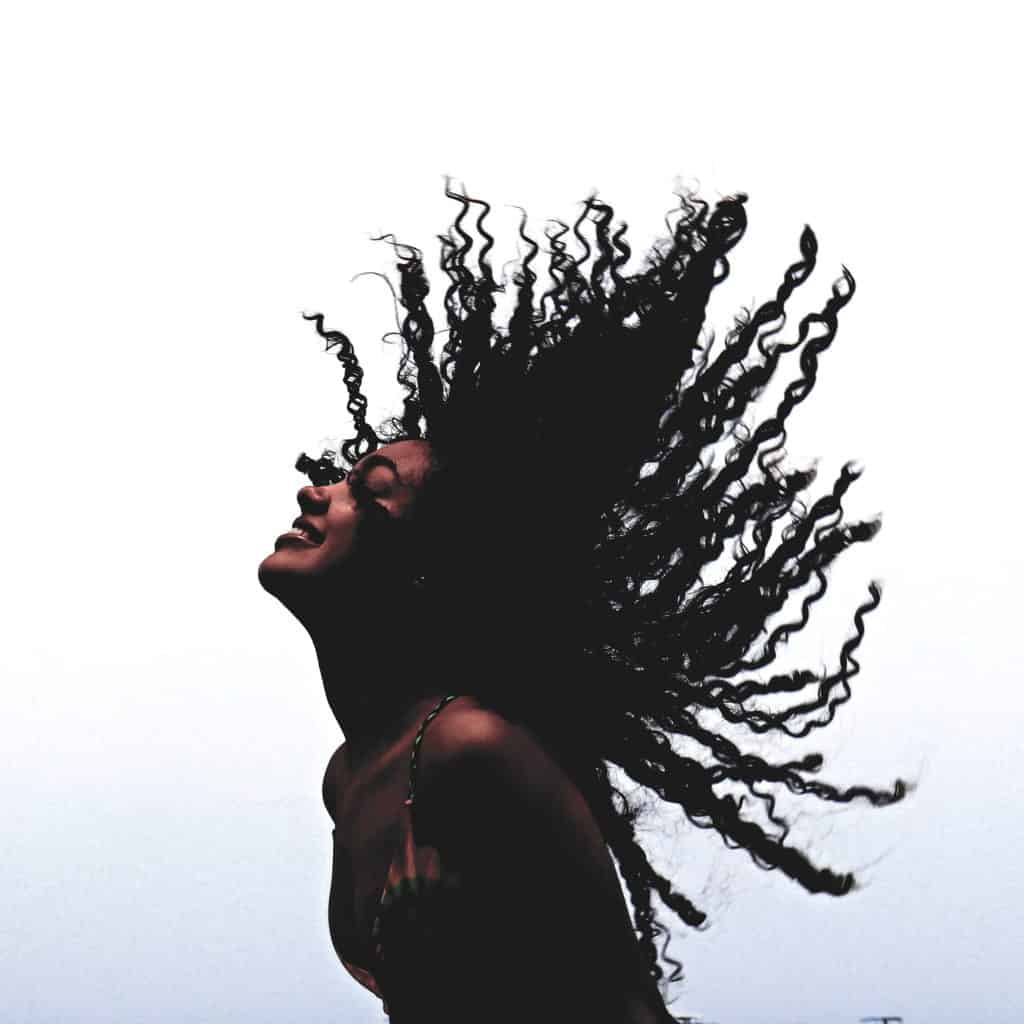
Type 4 Hair Type
Nice to see you, kinky hair. Type 4 hair is usually thin, coarse, and packed with tight kinks. Here’s how to tell which type of kinky hair you have.
4A: “Your kink is really, really tight and in an S pattern,” says Connors.
4B: “Your kink is at a sharper angle than type 4A hair and in a Z pattern,” says Connors.
4C: “Your hair pattern is very irregular,” says Connors. “It’s not crimped or curved.” It’s similar to type 4B, just less defined.
Type 4 Celeb Inspiration: Viola Davis and Janelle Monae
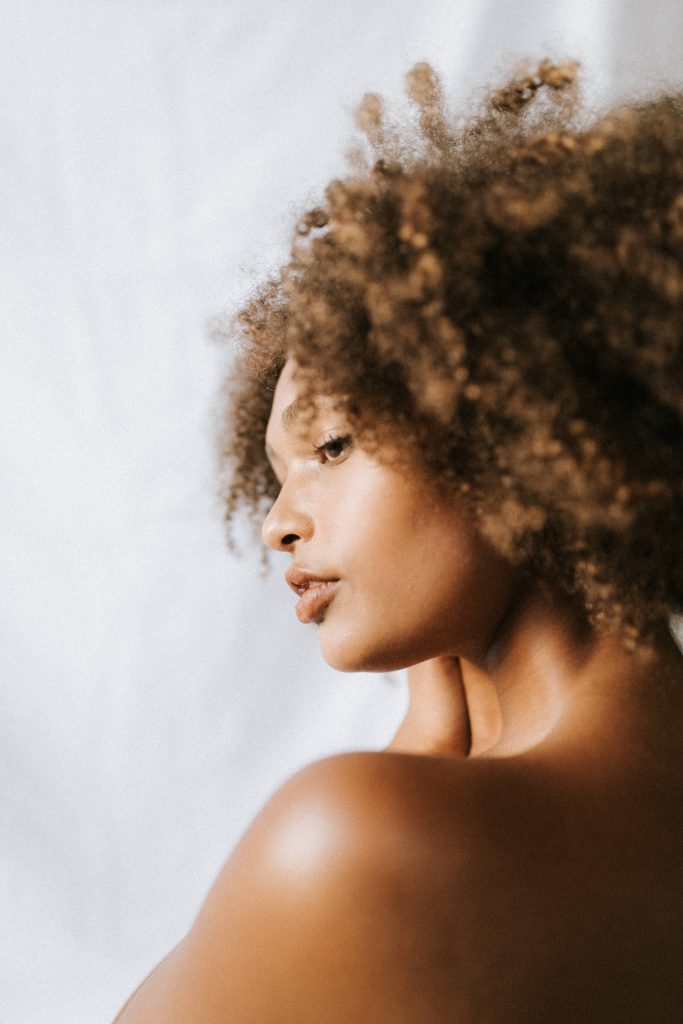
The Best Haircare Routine For Your Hair Type
Now that you’ve determined what your hair type is, it’s time to put together a haircare routine that works for you.
Type 1 Hair Routine
When you have straight hair, it’s very easy for your hair’s natural oils to make their way down from your roots to your ends, says Connors. That’s a double-edged sword. While these oils give your hair shine, they can also make your hair look greasy and fall flat.
Connors suggests using a detoxifying shampoo to get rid of oils every once in a while. Volumizing products are another good bet for those with category 1 types of hair.
Celebrity hairstylist Kendall Dorsey (whose clients include Cardi B and Nicki Minaj) says you can maintain your smoothness with a heat protectant and ceramic iron. Dorsey is a fan of a bob haircut on straight hair.
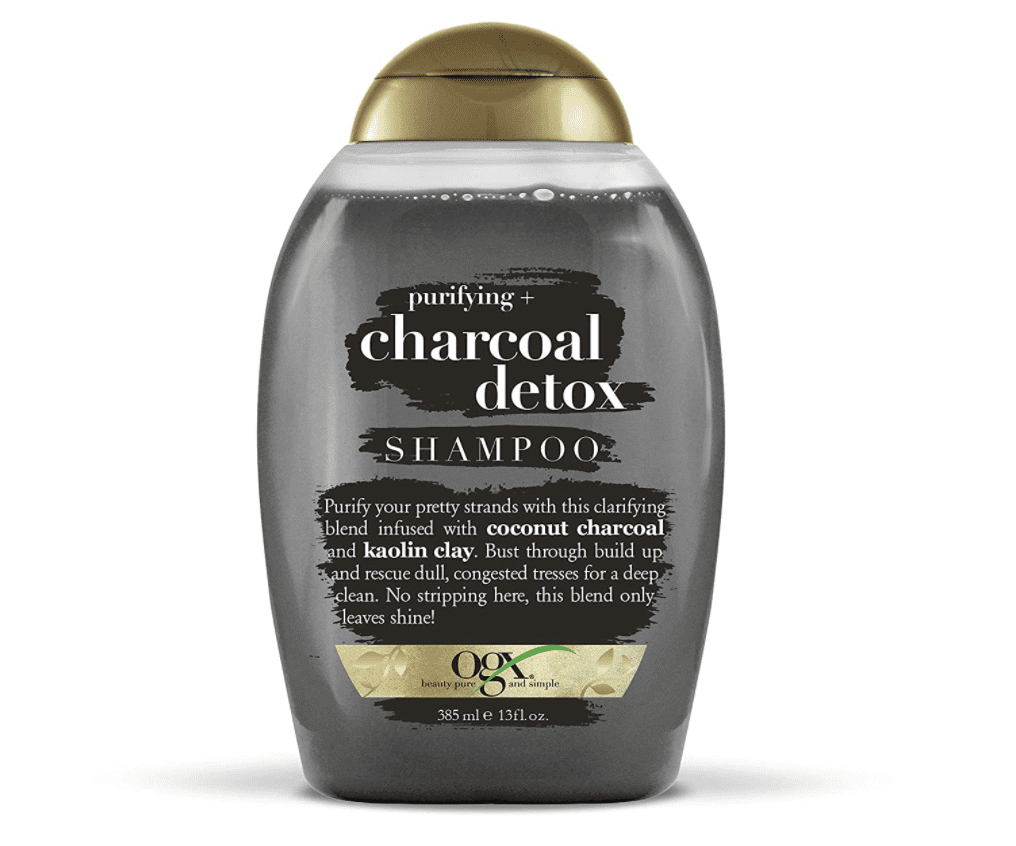
Type 2 Hair Routine
“There is a tendency toward frizz with type 2 hair, especially type 2C,” says Connors. That’s why he suggests using products with humectants, which hold in moisture. You have a lot of options with your hair, though, you lucky lady! You can enhance your hair with a curling iron or soften your waves with a flat iron, says Connors. (Make sure to use a heat protectant first!)
Choppy bobs at the shoulder or slightly above give type 2 hair a relaxed look, says Connors. A lob (long bob) is another low-maintenance option for type 2 hair. All you have to do is spritz some salt spray into your close-to-one-length haircut, scrunch, and let your hair air dry to define your waves.
Dorsey’s favorite way to care for type 2 hair is by co-washing with conditioner, applying a little bit of a gel serum and oil, and letting hair air dry.
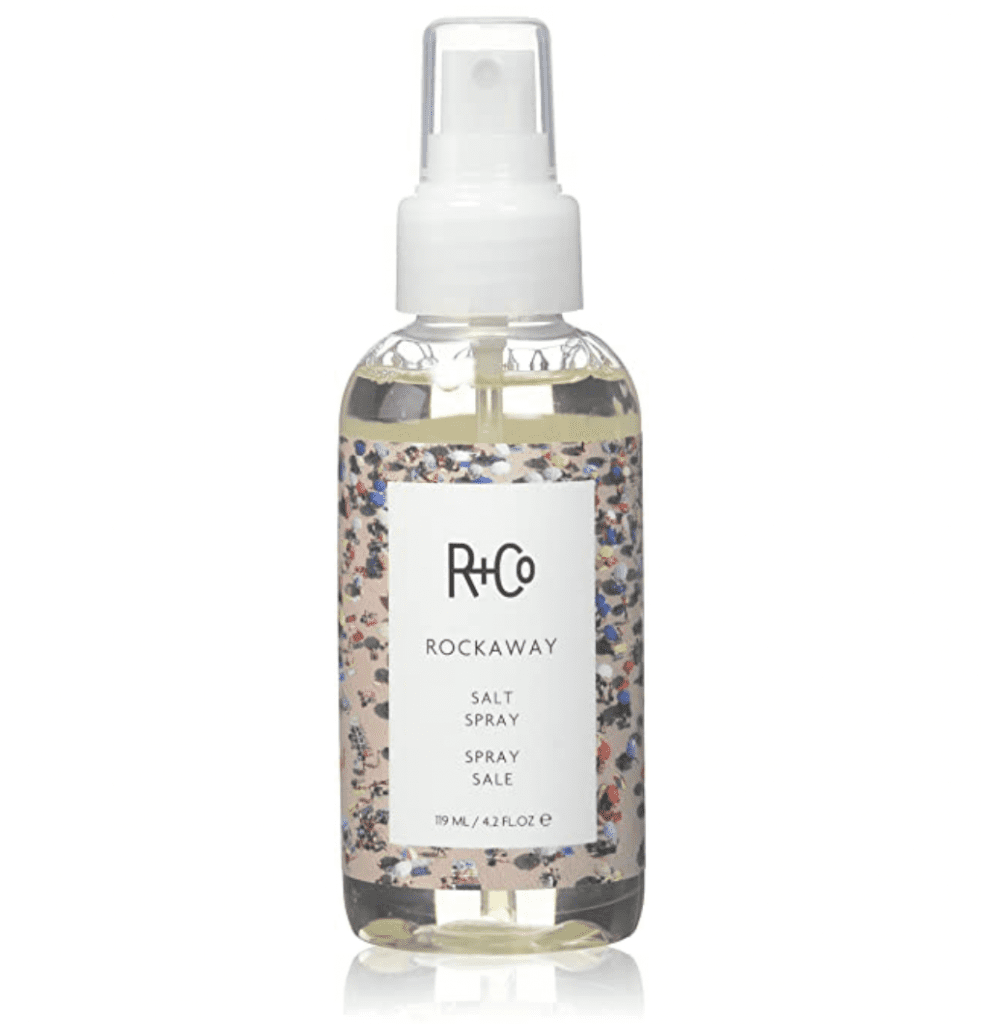
Type 3 Hair Routine
It’s official: Curls are in. More and more women are embracing their curls these days rather than straightening them into submission. But the right care and styling routine will make a world of difference.
“3A, 3B, and 3C curl patterns require moisture,” says Dorsey. The reason for that is because oil has a hard time making its way from your scalp to your ends, which can leave your curls dry. “To properly get those curls to shine and glow, I start with a steam treatment of healing natural oils (jojoba, olive, and castor oil) under a steamer for 15 minutes,” says Dorsey.
Then, he adds conditioner to wet hair and twists hair to encourage the curl pattern to dry. Connors adds that cream-based products will eliminate frizz, control volume, and add shine. He suggests co-washing with conditioner and massaging the conditioner into your roots.
When you have type 3 hair, it’s best to avoid one-length cuts, Connors suggests, since these can leave you with seriously poofy hair. “I recommend working with someone who specializes in and has an extensive history of working with curls,” says Connors.
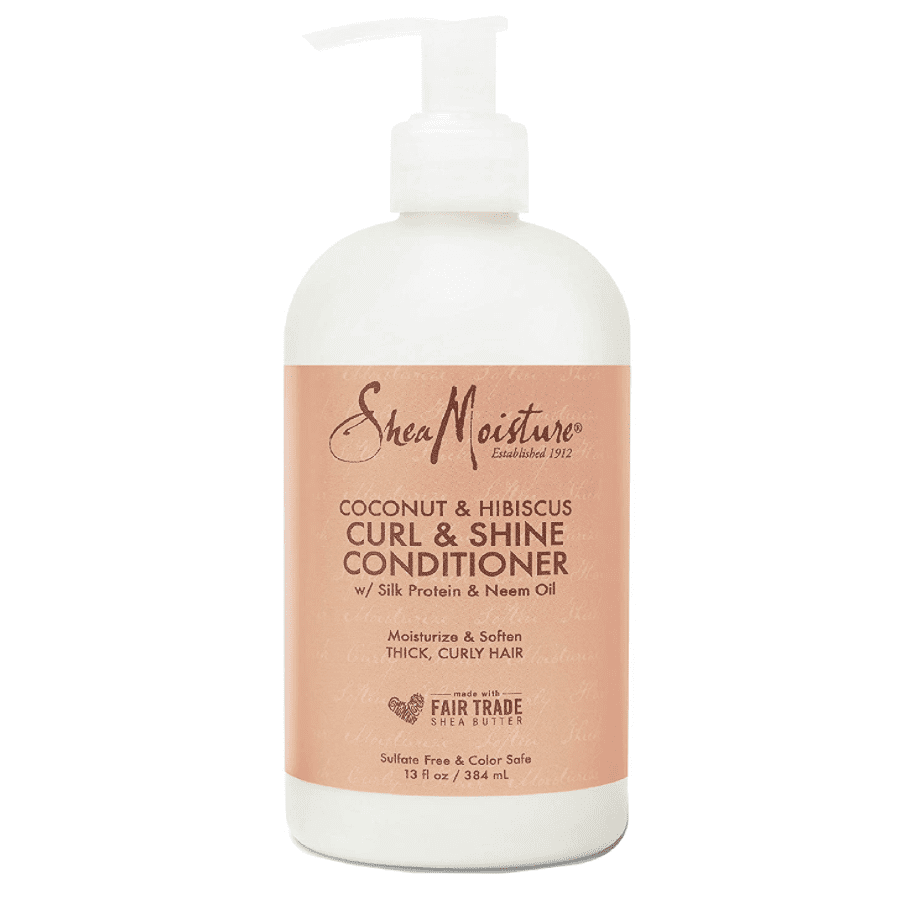
Type 4 Hair Routine
Kinky hair is gorgeous and voluminous, but it’s very fragile. “Type 4 hair has the tendency to break the most,” says Connors. “It needs the most moisture.” You can hydrate your hair with coconut oil, coconut butter, or anything that’s a humectant and highly moisturizing.
“Type 4 hair needs to be washed the least and can definitely go the longest between shampoos,” says Connors. He adds that because type 4 hair is so fragile, it’s really hard to grow.
Dorsey likes combining a moisturizing product with a serum so that you can easily detangle your hair. “Once detangled, add gel for control and use the shingling method,” says Dorsey. This method involves using a comb to spread product from root to end, stretching and smoothing hair in a downward direction, explains Dorsey. This will allow you to achieve maximum curl definition and length.
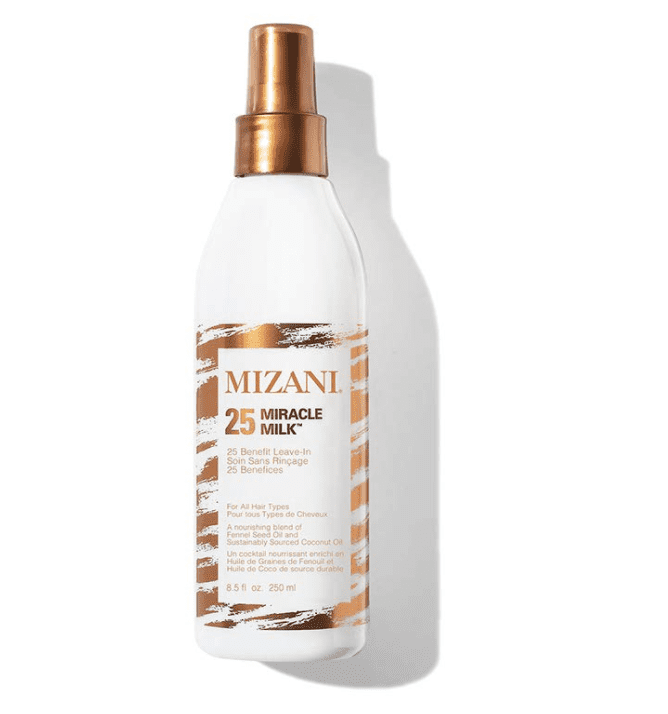
What else affects hair type?
While figuring out where you fall on the 1A–4C spectrum will go a long way toward figuring out which types of hair best describes yours, and putting together the right haircare and styling routine. But, there are four other factors to consider as well.
Porosity
Do you apply and apply and apply product only for it to seem like it’s just sitting on the surface of your hair? This might have to do with your hair’s porosity. “This is how absorbent your hair is,” says Danna Rhodes Douglas, owner of The Curly Hair Salon in Florida. More specifically, porosity refers to how well your hair holds in moisture, water, and product.
To figure out whether your hair has low or high porosity, take a small section of hair and stretch it out. Slide a finger up and down your hair shaft. If your hair feels rough, that means you have low porosity and your hair doesn’t hold in moisture very well; if your hair feels smooth, that means you have high porosity, says Rhodes Douglas.
Elasticity
When your hair has good elasticity, that means it’s bouncy and full of life. “When you tug on a strand, you should be able to stretch it out and then it’ll go back,” says Rhodes Douglas. Chemicals, like those in hair dye, can mess with your elasticity and cause your hair to become limp, she adds.
To tell how much elasticity your hair has, try this little experiment: when your hair is wet, take a piece and stretch it out. If it returns to its original length once you release it, that means you have good elasticity.
Density
Your hair density simply means how much hair you have. You can figure out whether you have low or high density hair by measuring the circumference of your ponytail, says Rhodes Douglas. The larger your ponytail circumference, the higher hair density you have.
“People think they have a ton of hair, but often they don’t,” says Rhodes Douglas. “When gathered together, do you have a copious amount of hair or is it surprisingly less than you thought?”
Curl Variance
It’s totally possible (and actually really common!) to have more than one type of curl pattern, says Rhodes Douglas. This is known as curl variance.
“Often within curly hair types, you see tight curly hair and a more relaxed curl type,” says Connor. “If you have a mixture of manageable and difficult to manage hair types, I would use product for the hair type [that’s most difficult to manage].”
